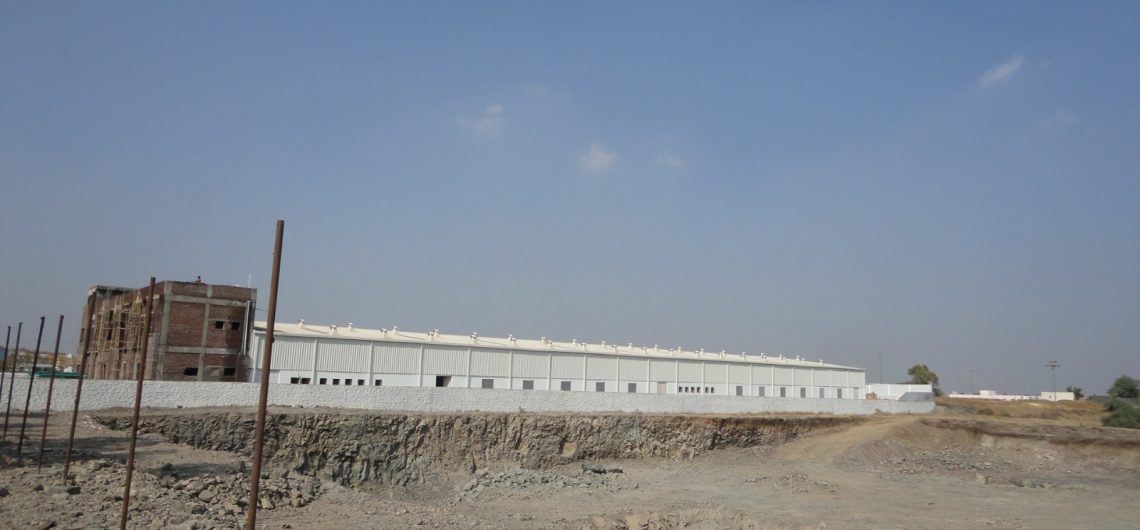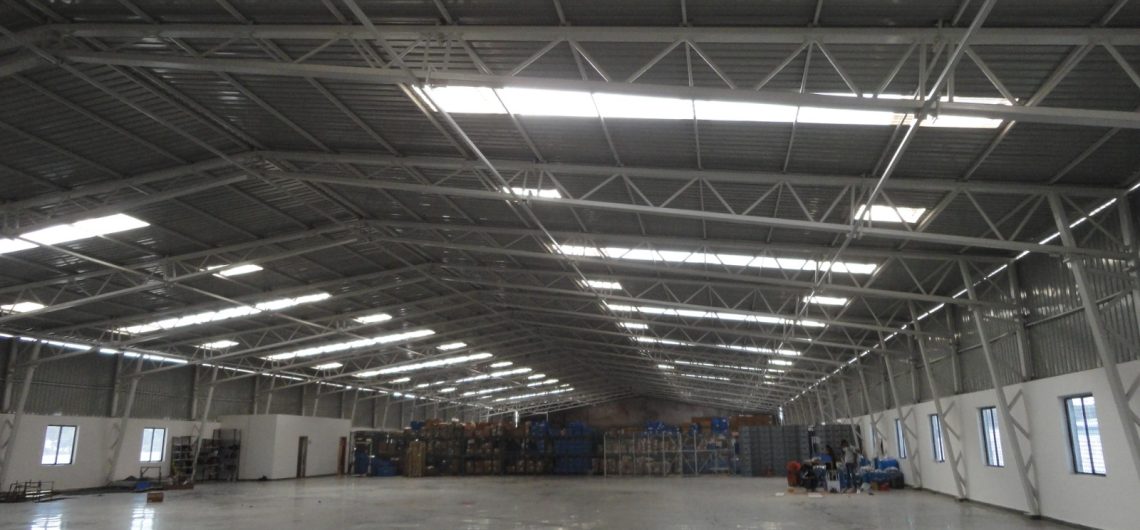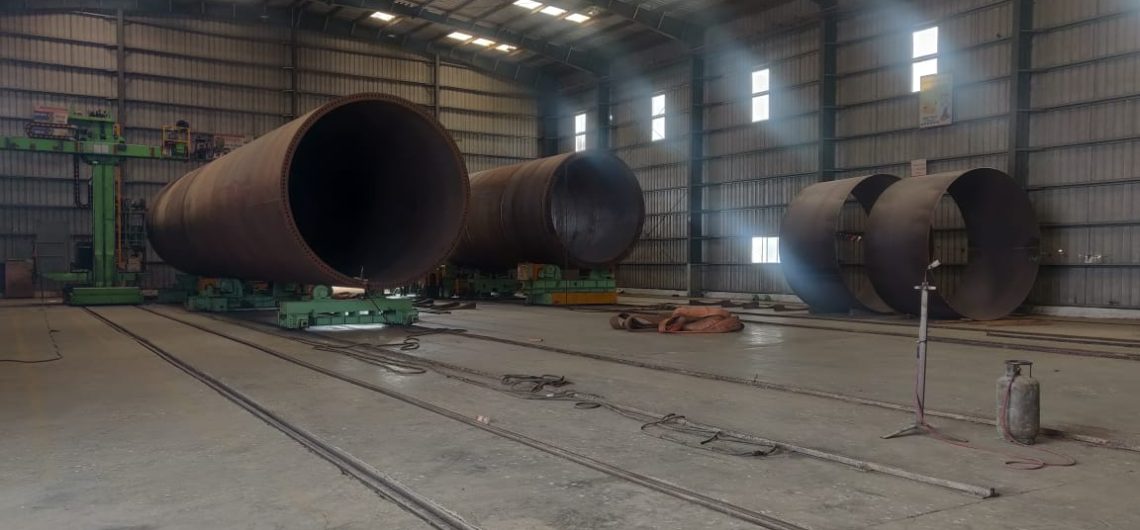




Manufacturing unit architecture and construction are essential for optimizing efficiency, safety, and workflow. The design typically emphasizes an open layout that allows for seamless movement of materials and personnel. Key features often include:
Flexible Spaces: Modular designs enable adaptability to changing production needs, allowing for easy reconfiguration of workspaces and equipment.
Natural Light and Ventilation: Large windows and strategic placement of skylights enhance natural lighting and improve air quality, contributing to a better working environment.
Sustainable Practices: Many modern manufacturing units incorporate eco-friendly materials and energy-efficient systems, such as solar panels and rainwater harvesting, to reduce environmental impact.
Safety and Compliance: The architecture prioritizes safety with clear pathways, designated zones for hazardous materials, and compliance with industry regulations.
Technology Integration: Advanced manufacturing units often feature smart technologies, such as IoT devices and automation systems, to streamline operations and improve productivity.
Employee Welfare: Break rooms, wellness areas, and recreational spaces are included to support employee well-being and enhance overall job satisfaction.
This thoughtful approach to manufacturing unit design and construction not only improves operational efficiency but also fosters a positive workplace culture.